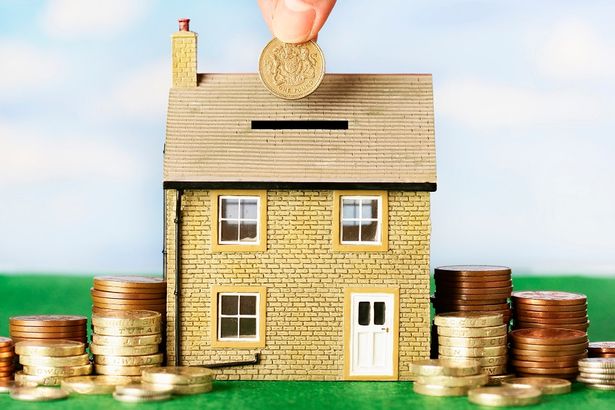Whenever we think of gambling and casinos, we always associate them with old-world elegance and luxury. We imagine James Bond gambling in his tuxedo or an elegant Marlene Dietrich gracing the tables. Norway has no imposing casinos, and the Coronavirus pandemic has limited travel so that we can only gamble at the world’s casinos online. Online casinos have become more popular because of the bonuses, especially bonus uten innskudd. Still, we would like to see everyday life restored and be able to travel this summer to see the world’s best casino designs. We asked Alexandra Nereng for some ideas about the world’s best casino designs so we can prepare to visit them. We chose a mixture of old, well-known buildings and newer casinos built with sustainability in mind. Casino De Monte-Carlo, Mónaco The original Casino de Monte-Carlo was built in the 1850s by Charles Grimaldi, the future Prince of Monaco, on instruction from Princess Caroline. She saw a casino as a way of raising funds for the impoverished Principality and the Grimaldi family. Although the poor roads and accommodation caused the first attempt to fail, Princess Caroline continued with the project. The famed architect, Gobineau de la Bretonnerie, designed and built the current casino and the neighbouring Hôtel de Paris Monte-Carlo, solving the problem. In 1863, Princess Caroline recruited Francois Blanc to manage the casino. They formed the Societe des Bains de Mer et du Cercle des Etrangers. Since its completion in 1863, several of the best architects have expanded the buildings, notably Jules Dutrou and Charles Garnier. The Casino de Monte-Carlo was the setting for Ian Fleming’s book and the later James Bond film, Casino Royale. Kurhaus Casino, Baden-Baden, Germany The Kurhaus casino is even older. Friedrich Weinbrenner designed the main structure in 1824. Still, it wasn’t until France outlawed gambling in the mid-1830s that it started becoming internationally renowned. Like Monte-Carlo, Kurhaus has also inspired literature. Fyodor Dostoyevsky wrote The Gambler after a visit to the gambling house. The Kurhaus design is reminiscent of a French palace and well worth a visit from any avid gambler. Sibaya Casino, Durban, South Africa Durban, South Africa, may seem like a strange place to visit. Still, Norwegian settlers on the KwaZulu-Natal South Coast made considerable contributions to the area’s development. Jacob Jacobsen Egeland formed the South African Whaling Company in 1907. Many of the Norwegian crews later helped build the South African shipping industry. The Norwegian influence can still be seen in the local farms and places names like Oslo Beach and Freidheim. The Sibaya casino is also the most eco-friendly and sustainable casino globally. The casino is on the warm Indian Ocean and within easy driving distance of the oldest proclaimed game reserve in South Africa. Even the expansive grounds form part of the sustainability initiative, and the casino’s staff recycles almost everything it uses. It has its own composting and wormery for food waste and eliminates the use of plastics wherever possible. Even the eye-catching design of the buildings reduces the carbon footprint of this modern casino. Resorts World Sentosa, Sentosa Island, Singapore Resorts World Sentosa was the third most expensive resort when the owners finished construction. From the beginning, the owners instructed the architect, Michael Graves, to include eco-friendliness and sustainability in the design. The casino is a small part of a vast resort on Sentosa Island that offers hotels, fine dining, beaches, and museums. The resort aims to achieve zero waste. The modern design includes towers, squares, and water features pleasing to any patron’s eye. Foxwoods Resort Casino, Connecticut, USA The Foxwoods Resort Casino is also the third-largest casino worldwide. The Mashantucket Pequot Tribal Nation founded the casino on their tribal lands in 1986 as a high-stakes bingo hall. They added table games in 1992, followed by slot machines the following year. The casino resort expanded substantially between 1992 and 2008, reaching its current size. Situated in the Connecticut countryside, the resort hosts two hotels, six casinos, a retail hub, and several restaurants. Conclusion We’ve covered five casinos over four continents to find the best designs. We looked at buildings more than 200 years old and modern complexes built to compete with a casino online. The common factor of all these casinos is that the designers looked to the future when they planned the buildings. They wanted them to stand as monuments to the age-old pastime of gambling.







